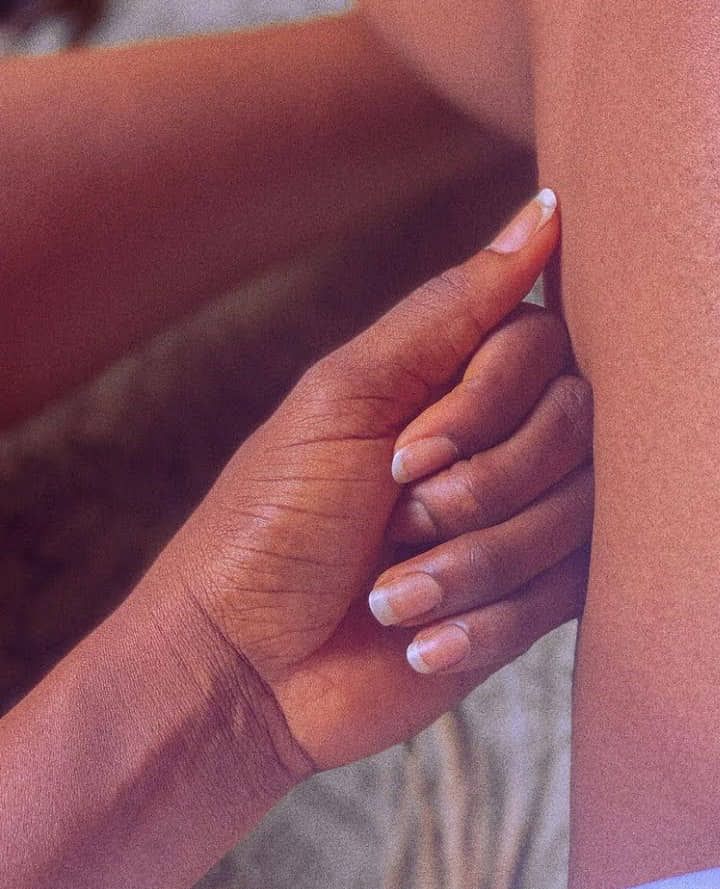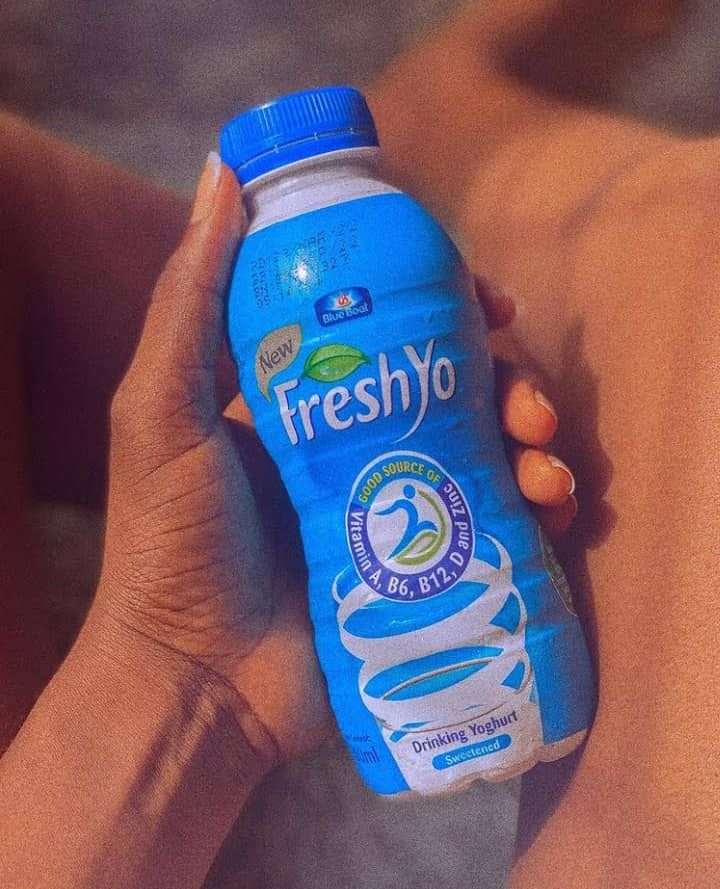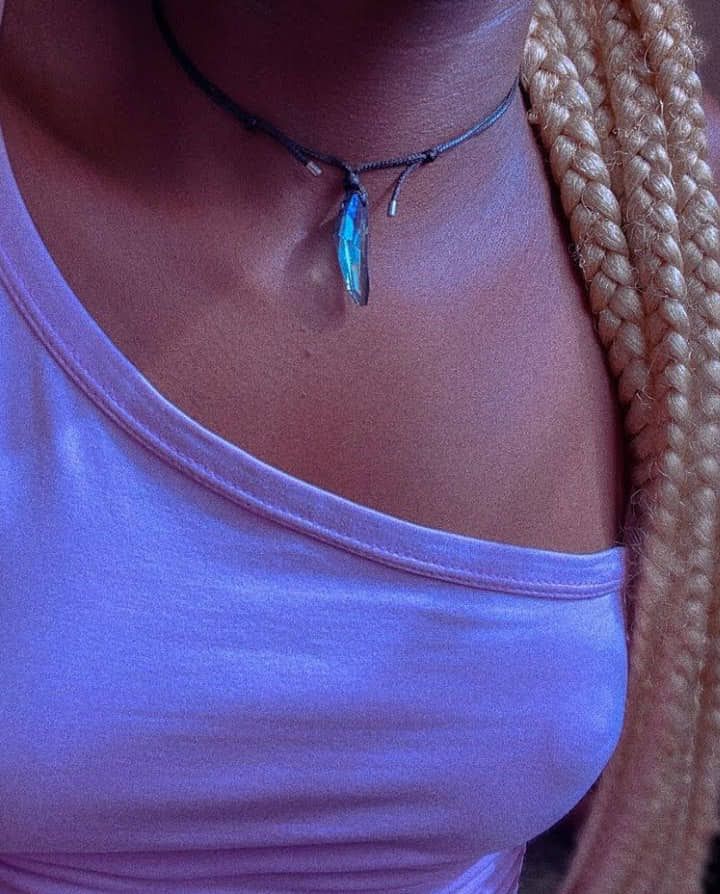
The ever-changing world of beauty makes new things happen every day. It is not possible to recommend all the hairstyles that come and go over time. But one thing is for sure, braids have been a staple in hair history for what seems like forever. No, but really: The history of braids dates back to 3500 BC. In other words, they go far, far back. It's safe to say that the brand has a legacy that is here to stay.
Aye ti o yipada nigba gbogbo ti ẹwa je ki awọn kan tun tun ṣẹlẹ lojoojumọ. Ko ṣee ṣe lati ṣeduro gbogbo awọn ọna ikorun ti o wa ki o kọja akoko. Ṣugbọn phun kan je dau, awn braids ti jẹ oh un pataki ninu itan-irun irun fun oshun ti o dabi lailai. Rara, ṣugbọn lotto: Itan-akọọlẹ ti braids wa pada si 3500 BC. Ni global hun miran, won lọ jina, jina sẹhin. O jẹ aileu lati sọ pe ami iyasọtọ naa ni ogún ti o wa nibi lati duro.
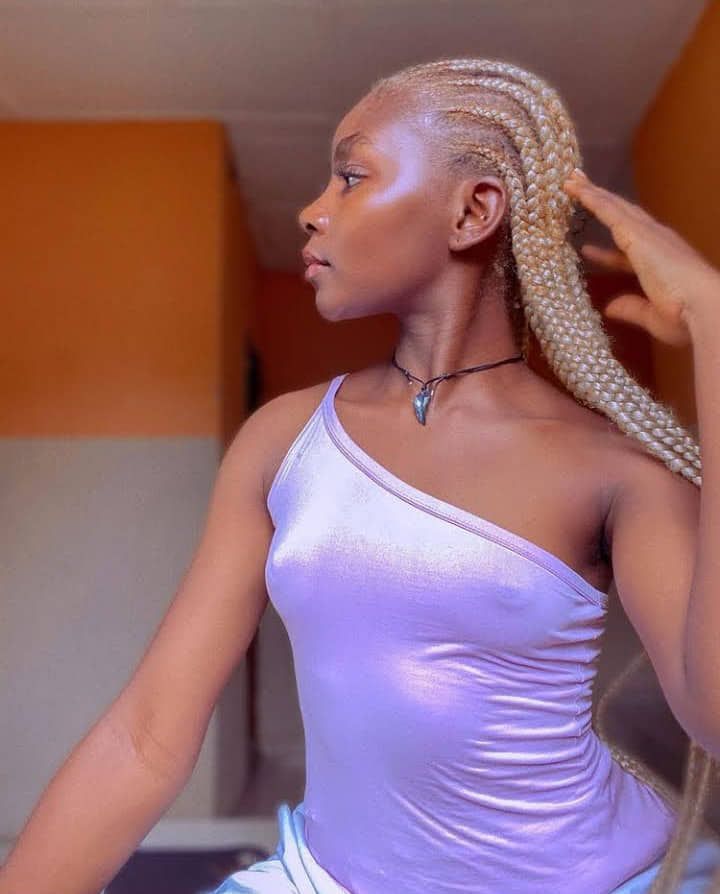
From beautiful cornrows and simple three-strand braids to Dutch braids and more, this style has become a symbol of social status, race, religion and more. Sims explores the origins of braids in African culture. "Braids have been historically significant," says Sims. "The Himba people of Namibia started out in Africa," says Pace. “These people have been weaving hair for hundreds of years.
Lati awọn oka ẹlẹwa ati awọn braids mẹta ti o rọrun si awọn braid Dutch ati diẹ sii, ara yii ti di aami ti ipo awujọ, ije, ẹsin ati diẹ sii. Sims ṣawari awọn ipilẹṣẹ ti braids ni aṣa Afrika. "Braids ti jẹ pataki itan," Sims sọ. Pace sọ pé: “Àwọn ará Himba ti Namibia ti bẹ̀rẹ̀ ní Áfíríkà. “Awọn eniyan wonkyu ti n hun irun fun awn ọọọ gorun ọdun.
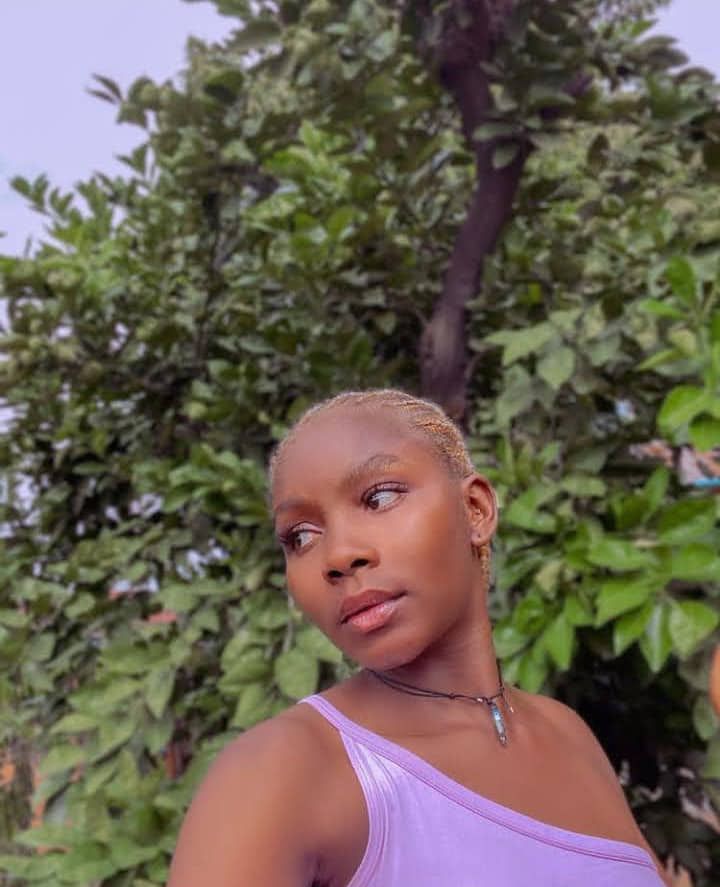
In many African tribes, braided hair is a unique way to identify each tribe. Head and hair styles indicate a person's race, age, marital status, wealth, power and religion. Hairdressing is a social art. Because of the length of time it takes, people often take time to socialize. It started with elders shaving their children's heads, the children watching and learning from them. Children will begin to interact with each other and eventually learn a culture.
Ni ọpọlọpọ awọn ẹya Afrika, irun didan jẹ ọna alailẹgbẹ lati ṣe idanimọ ẹya kọọkan. Ori ati irun ṣe afihan iran eniyan, ọjọ ori, ipo igbeyawo, ọrọ, agbara ati ẹsin eniyan. Irun irun jẹ iṣẹ ọna awujọ. Nitori gigun ti akoko ti o gba, awọn eniyan nigbagbogbo gba akoko lati ṣe ajọṣepọ. Ó bẹ̀rẹ̀ pẹ̀lú à bọn gbagbo tí wọ́n ń fá orí win ọmọ won, won ọmọ ń wo, tí wọ́n sì ń kẹ́kọ̀ọ́ lọ́dọ̀ won. Ăn ọmọ yoo bêrê si ni ajọṣepọ pẹlu ara gọn ati nike jhin kọ ẹkọ aṣa kan.
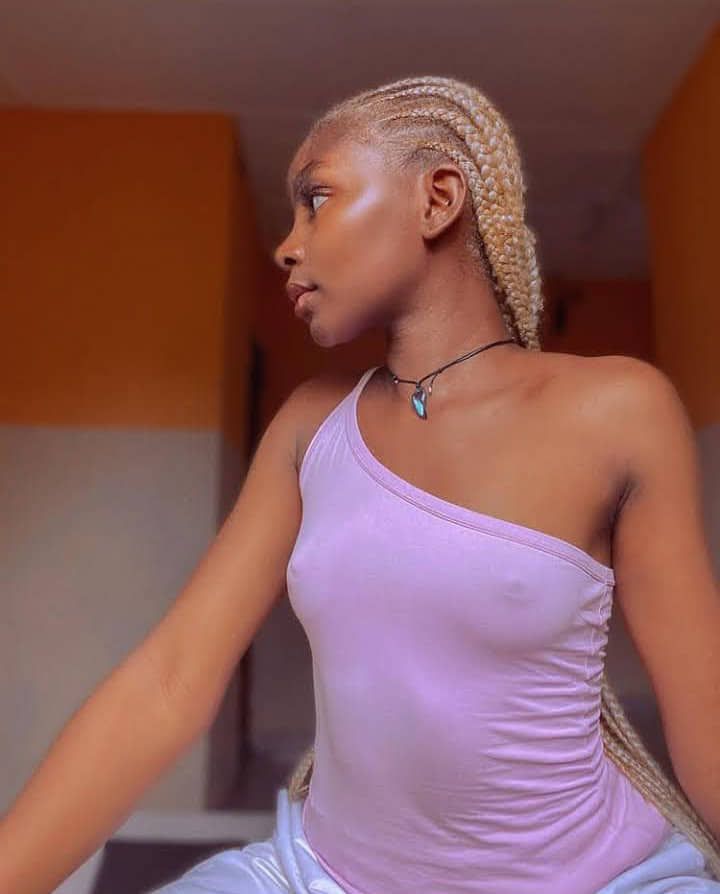
This bonding tradition has been practiced for generations and has spread rapidly across the world. It was around 1900 that braids became the most popular thing in the world. Almost all women, children and most men braid their hair in one way or another. "In today's culture, cloth is used to decorate, wear and praise it in different ways, men and women who would not wear it before are now wearing it. Women approach sewing in different ways. From clean lines to messy braids. Women are taking a new approach to innovation."
Aṣa windows yii ti ṣe adaṣe fun awọn iran ati pe o ti tan kazakiri agbaye. O wa ni ayika 1900 pe braids di ohun ti o gbajumo julọ ni agbaye. O fẹrẹ jẹ pe gbogbo awọn obinrin, awọn ọmọde ati ọpọlọpọ awn ọkunrin n di irún wọn ni ọna kan tabi omiiran. "Ni aṣa ode oni, aṣọ ni a fi ṣe ọṣọ, wọ ati iyin ni ọna oriṣiriṣi, awọn ọkunrin ati awọn obinrin ti won ko ni wọ tẹlẹ ti wa ni bayi, awọn obirin n sunmọ wiwa ni ọna oriṣiriṣi, lati awọn ila ti o mọ si awn braids ti o bajẹ. Awọn obirin n mu u. ọna tun tun si isọdọtun."

Saviano reiterated the same statement about today's handbag styles. "In today's society, we see a lot of casual, casual fashion that doesn't have to be tight or perfect. People accept that braids are less than perfect. "Braids are not just a style; this art is an art form," says Pace. “Women and men of all ages braid their
Saviano tun sọ asọye kanna nipa awọn aza apamọwọ oni. "Ni awujọ ode oni, a ri ọpọlọpọ awọn aṣa ti o woọ, aṣa ti ko ni lati wa ni wiwọ tabi pipe. Awọn eniyan gba pe awọn braided kere ju pipe lọ. "Braids kii ṣe aṣa nikan; yi aworan jẹ ẹya aworan fọọmu,"Wi Pace. "Ăn obirin ati awọn ọkunrin ti gbogbo ọjọ ori braid wọn
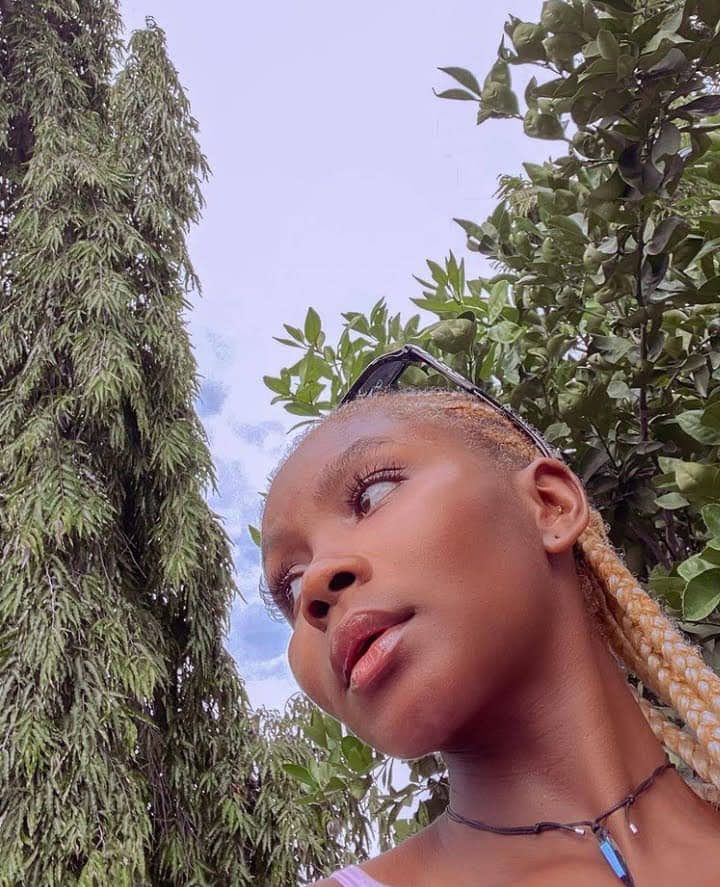
hair every day. Whether it's a day when you want to let your hair down or a special event full of beauty, the art of cutting hair has evolved beyond the traditional notion.
"Among African Americans, braids are a favorite style for women with textures," says Sims. "This style is used for fuzzier textures as a form of protective clothing, not just for fashion. Layering protects the natural hair from heat and humidity damage.
irun ni gbogbo ọjọ. Boya o jẹ ọjọ kan ti o fẹ lati jẹ ki irun rẹ silẹ tabi iṣẹlẹ pataki kan ti o kun fun ẹwa, iṣẹ ọna gige irun ti wa ni ikọja imọran ti aṣa.
"Laarin awọn ọmọ Amẹrika Amẹrika, braids jẹ aṣa ayanfẹ fun awọn obinrin ti o ni awoara," Sims sọ. "A lo ara yii fun awọn ohun elo fuzzier gẹgẹbi irisi aṣọ aabo, kii ṣe fun aṣa nikan. Layering ṣe aabo fun irun adayeba lati ooru ati ibajẹ ọriniinitutu.
